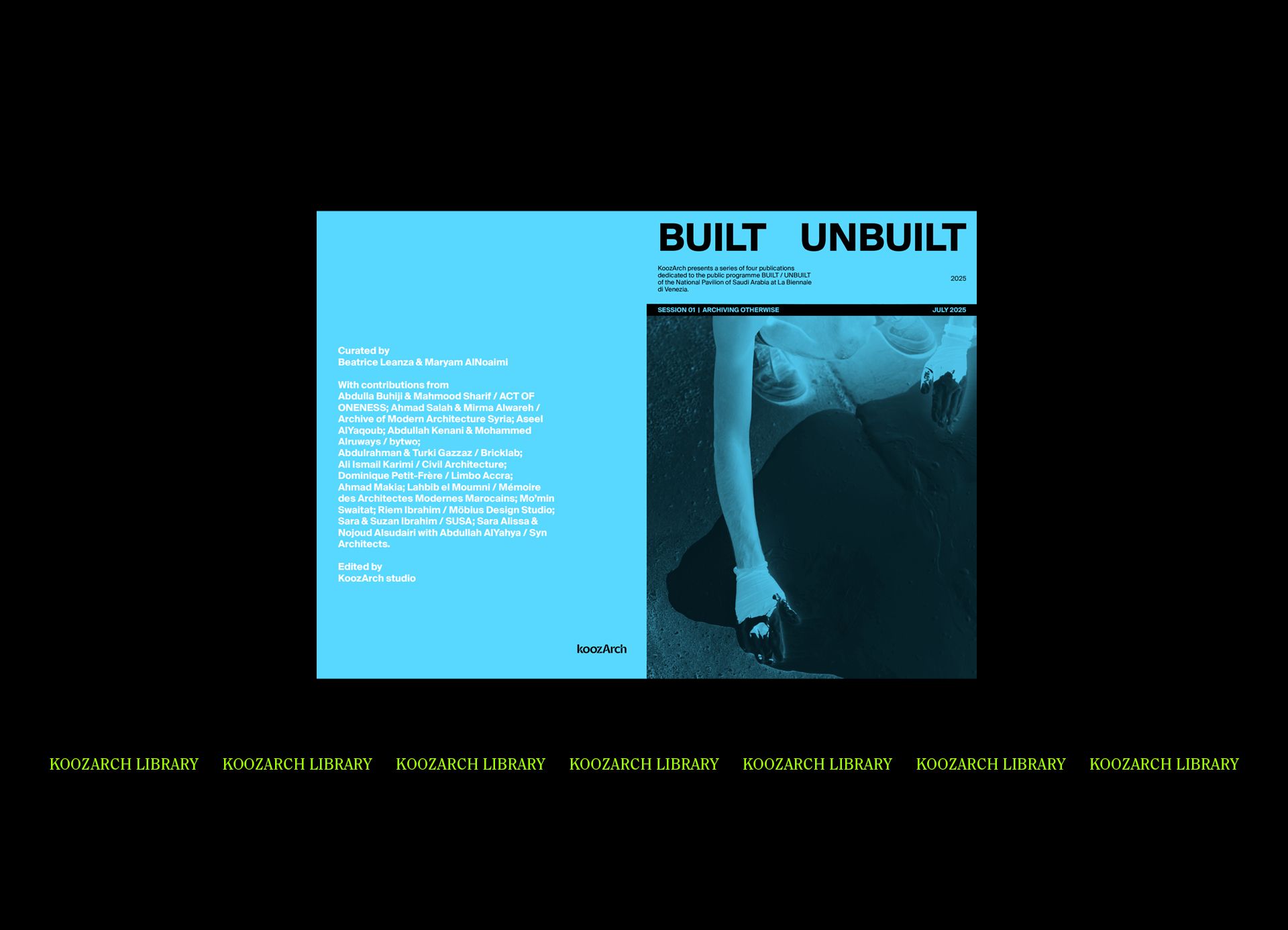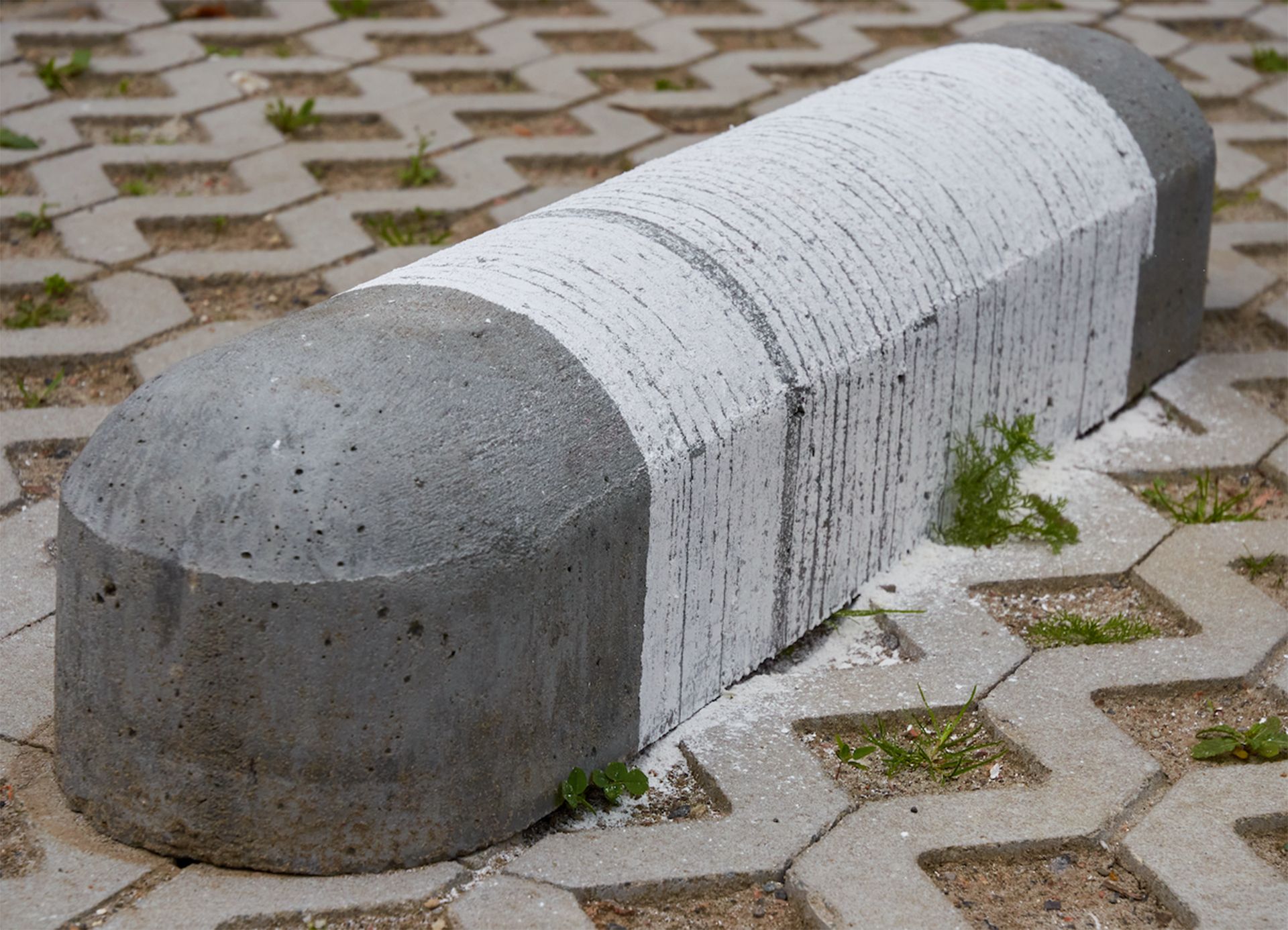With the “Transmedia Storytelling Initiative” MIT Professor Caroline Jones is pioneering the critical and scholarly debate on Architecture’s engagement with Transmediality and the Metaverse. We discussed with her the role that Transmedia Storytelling plays not only in spatial design but also in expanding architectural histories and theories. Architects’ increasing use of numerous platforms and software tools for the design of virtual spaces make them central players in the design of the Metaverse, but Jones calls for a “critical resistance” to the marketing forces that drive it, and calls, instead, for a critical and reflective approach to virtual world-making.

Figure 1 - Illustration showing interface (left) and user (right) in the augmented space; Kii Kang, Wu Li, Queenie Li, and Megan Prakash “Spatializing Multi-Sensory Media in Augmented Reality for Transformational Immersive Journalism,” MIT Transmedia Storytelling workshop with Dr. Cagri Zaman, Fall 2020.
KOOZ You run the “Transmedia Storytelling Initiative”, a collaboration between MIT’s School of Architecture and Planning and the School of Arts and Humanities, can you briefly explain the foundations of this project and its main scope?
CAROLINE JONES MIT had a pioneering “Film and Video Section” in the Department of Architecture starting in 1967! Under the leadership of direct cinema filmmaker Ricky Leacock, it seeded many of the filmmaking programs across the US and has graduates all over the world working in film production, whether documentary or fiction.When digital convergence swept through these technologies, the pedagogy dissipated across multiple departments (Computer Science, Engineering, Architectural rendering, etc.) The Transmedia Storytelling Initiative began with a foundational 3-year donation to allow us to experiment with bringing all these efforts back together, with an emphasis on spatial narrative forms.
I am a historian, so the main surprise for me was discovering that architecture was always already there in building these technologies and visualization strategies.

Figure 2 - Stills from the process of spatial reconstruction of the Istanbul set utilized in Robbe Grillet, L’Immortelle (1963), produced by the tool developed by Cagri Zaman, PI for “Latent Archive,” National Endowment for the Humanities 2022 Digital Humanities Phase 1 grant, MIT Transmedia Storytelling Initiative and MIT Virtual Experience Design Lab.
KOOZ Given the collaboration between two distinct schools and the exchanges that have certainly taken place in the past two years, what notable new reflections or spatial solutions have emerged from architects’ direct engagement with Transmedial Storytelling?
CJ I am a historian, so the main surprise for me was discovering that architecture was always already there in building these technologies and visualization strategies. Whether John Dykstra’s migration from urban studies to Industrial Light and Magic, or the Architecture Machine Group visualizing “information space,” or the Center for Advanced Visual Studies’ encouragement of immersive and interactive cybernetic installations, Transmedia proved to describe many of the genealogies that culminate in XR modes of spatial storytelling today.
Transmedia proved to describe many of the genealogies that culminate in XR modes of spatial storytelling today.
KOOZ What role does Transmedia Storytelling play or can potentially play in the framing of new architectural histories? Viceversa, to what extent can architectural theory shape new Transmedial stories?
CJ I want to make sure to credit the scholarship of my colleague Nicholas de Monchaux, who is already doing the archival work to produce architectural histories of virtual worlds. For Monchaux, the epic screenplays that first spawned spinoffs judged to be cross-platform transmedia (e.g., Star Wars) were made vividly appealing because of their robust status as worlds, before they were stories. John Dykstra’s rigs for filming around corners of urban models responded to subtle perceptual affordances of humans – and built architectures that epics could inhabit. As architecturally-trained students take up the spatial modeling tools of XR (including game engines like Unity and Unreal), they bring the ethical concerns of architecture, opening critical spaces in the algorithms for thinking of difference, democracy, and discord. How we will live together is as important as where, virtually or IRL.
As architecturally-trained students take up the spatial modeling tools of XR, they bring the ethical concerns of architecture.

Figure 4 - view from outside of “Unbounded: Transmedia Storytelling at MIT, 2019-2021,” exhibition on the second floor of the MIT Student Center, Wiesner Gallery, Cambridge Massachusetts, October 2021.
KOOZ You mentioned that spatial imaginaries designed by architects, among others, should not only be playful, but they should also produce a “critical resistance” beyond the Metaverses’ mechanisms of monetization. Can you please expand on these points? In short, why is it important to pursue a critical, scholarly investigation of the Metaverse?
CJ It is not only important to create a critical investigation of the Metaverse, but an actual, alternate metaverse that allows a productive public sphere, where “pay to play” is not a defining feature. Those marketing concepts of the Metaverse today (“Meta” (™)) don’t seem to know that the intoxicating term was coined by science fiction writer Neal Stephenson as a sign of dystopia (Snow Crash, 1992). Dys-topia, a “bad place” created by human laws and structures (per John Stuart Mill). The Metaverse was, like Aldous Huxley’s soma, a kind of government-sanctioned escape-room full of wireframes and rules – but also open to hacking. We could play in something we call the metaverse, but we should periodically show all the wires, the tubes, the distant zones of extraction, the bias built into the algorithms, and the capitalist context of it all. We should never believe the ideologies of clouds and individual freedom that obscure our ultimate responsibility to learn how any system of representation works, and works on us.
We should never believe the ideologies of clouds and individual freedom that obscure our ultimate responsibility to learn how any system of representation works, and works on us.
KOOZ Do you have any advice for the architects that are or will be involved in the design of the Metaverse?
CJ Please, don’t drink so much of the kool aid that you forget who grew the sugar – cultivate gratitude and reciprocity along with joy.
Bio
Caroline A. Jones is a Professor in the History, Theory, and Criticism of Architecture at MIT. She studies modern and contemporary art, focusing on its technological modes of production, distribution, and reception. Jones received her AB from Harvard University, her MA/PhD from Stanford University and has received Guggenheim and National Endowment for the Humanities awards, among numerous other fellowships and recognitions from prestigious institutions. Previous to completing her art history degree, she worked in museum administration and exhibition curation, holding positions at The Museum of Modern Art in New York (1977-83) and the Harvard University Art Museums (1983-85) while she completed two documentary films. Her exhibitions and films have been shown at NY MoMA, SF MoMA, the Hirshhorn DC, and the Hara Museum Tokyo, among other venues. Her publications include Machine in the Studio (1996/98), Picturing Science, Producing Art (1998), Sensorium ( 2006), Eyesight Alone (2005/08), Experience (2016), and The Global Work of Art (2016).
Francesca Romana Forlini is an architect, Ph.D, editor, writer and educator whose research is located at the intersection of feminism, cultural sociology and architectural history and theory. She is an Adjunct Associate Professor at the New York Institute of Technology and Parsons The New School in New York. She worked as chief editor at KoozArch, where she is currently a contributor. She is a Fulbrighter ed alumna of Harvard Graduate School of Design (GSD) and the RCA.





